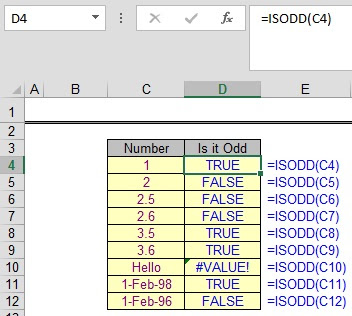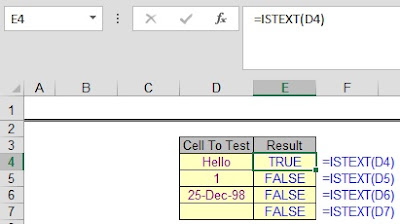What Does It Do?
This function tests a cell and shows
TRUE if there is an error value in the cell.
It
will show FALSE if the contents of the cell calculate without an error, or if
the error is the #NA message.
Syntax
=ISERR(CellToTest)
The CellToTest can be a cell
reference or a calculation.
Formatting
No special formatting is needed.
Example
The
following tables were used by a publican to calculate the cost of a single
bottle of champagne, by dividing the cost of the crate by the quantity of
bottles in the crate.
Table 1 shows what
happens when the value zero 0 is entered as the number of bottles.
The #DIV/0 indicates that an attempt was made to
divide by zero 0, which Excel does not do.Table 2 shows how this error can be trapped by using the =ISERR() function.





























